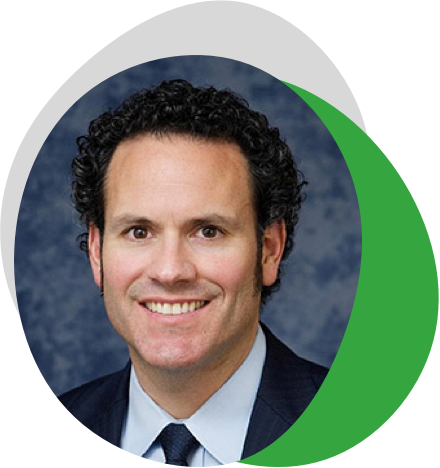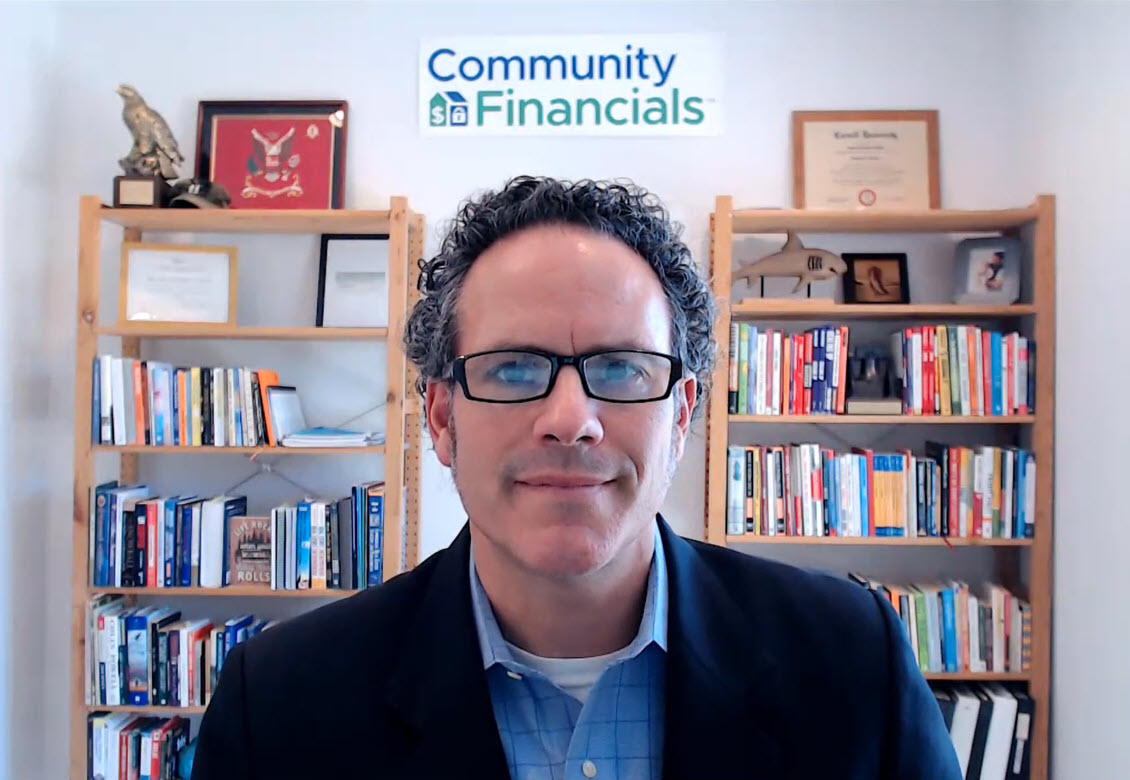HOA & Condo Finances: Why Lines of Credit Can Be a Trap (and Smarter Alternatives)
As Board Members of Homeowner Associations (HOAs) and Condominiums, you’re constantly navigating financial complexities. A frequent question is whether a revolving line of credit (LOC) is a sound strategy. While seemingly flexible, LOCs can pose risks to your association’s long-term financial health. Let’s explore why and discuss more prudent alternatives.
The appeal of a LOC is understandable – readily available funds for unexpected expenses. However, this “easy access” can mask underlying financial weaknesses and create a cycle of debt.
Here’s why LOCs are often not a best practice:
- Masking Budgetary Issues: A LOC can become a crutch, obscuring the need to address underfunded budgets or insufficient assessment increases. Lending often indicates an underfunded budget, meaning that the board previously had difficulty enforcing healthy assessment increases with the members/ownership. This can result in financial stress when unexpected expenses arise.
- Uncertainty and Future Solvency: How will the Board incorporate debt service into future budgets after the LOC is used? Unexpected expense increases (e.g., insurance premium increases) can strain the budget and make repayment difficult. This uncertainty can threaten the long-term stability of your financial plan.
- The Importance of Reserves: Does the community have a reserve study to help understand future projects? Are reserves well-funded? How is this measured? Reserves are crucial for avoiding financial surprises. A well-maintained reserve study helps prepare for major capital projects and unforeseen repairs, reducing the need for borrowing or debt.
- Interest Rate Risk: Since lines of credit are short-term, they often come with variable interest rates, which can make budgeting tricky if rates go up.
- Renewal Risk: Typically, LOCs need to be renewed every year or two, and that is when the lender takes another close look at the HOA’s credit. If things have changed financially, the bank may not renew the line, which could lead to a sudden cash call for homeowners.
Before considering a LOC, ask why it’s necessary. This can reveal underlying shortfalls and prompt a more sustainable financial plan.
Fortunately, there are more responsible alternatives:
- Special Assessment: An additional charge on homeowners to cover a specific shortfall. While often unpopular, it’s a transparent way to address needs and avoid long-term debt. This approach gives homeowners a clear understanding of the financial needs and the community’s goals.
- Borrowing from Reserves (with a Plan): A last resort, accompanied by a concrete plan to replenish funds through a special assessment. Reserves are primarily for capital projects and require careful consideration. Note: In certain states, this may be against current regulations, so it’s essential to consult the association’s Attorney before borrowing from reserves.
- Short-Term Loan: A loan (e.g., 3 years) with no prepayment penalty (so can be paid off in 1 or 2 years) provides a structured solution for temporary needs. An example could be covering sizable insurance deductibles (for a claim), which are a unique one-time expense. A short-term loan with an appropriate structure is an option here. Underwriting would recognize that the claim was covered by the insurance company, so the loan wouldn’t need to require additional funds or extensive work. If the deductible was $100,000 or more, the bank could set up a loan for this.
Additional Note on Insurance Increases: One of the biggest issues for community budgets in recent years has been large insurance premium increases. In these cases where the community needs more time to adjust to the higher costs, tools like special assessments or borrowing from reserves may be necessary. The Board should ask itself how it plans to handle these higher operating expenses in the future. It might need to call a special meeting and adjust the budget mid-year, increasing revenue sooner rather than waiting for the start of the new fiscal year. A good practice is to work closely with your insurance agent early on to shop around and mitigate risk, especially by following the risk reduction recommendations from your carrier.
Prioritizing Long-Term Financial Health
While the allure of a line of credit might be tempting, it’s crucial for condo and HOA boards to carefully consider the risks. By addressing underlying budgetary issues, prioritizing reserve funding, and exploring alternative financing options like special assessments or short-term loans, associations can achieve greater financial stability and protect the interests of their homeowners. Remember, a proactive and transparent approach to financial management is key to building a thriving community.


